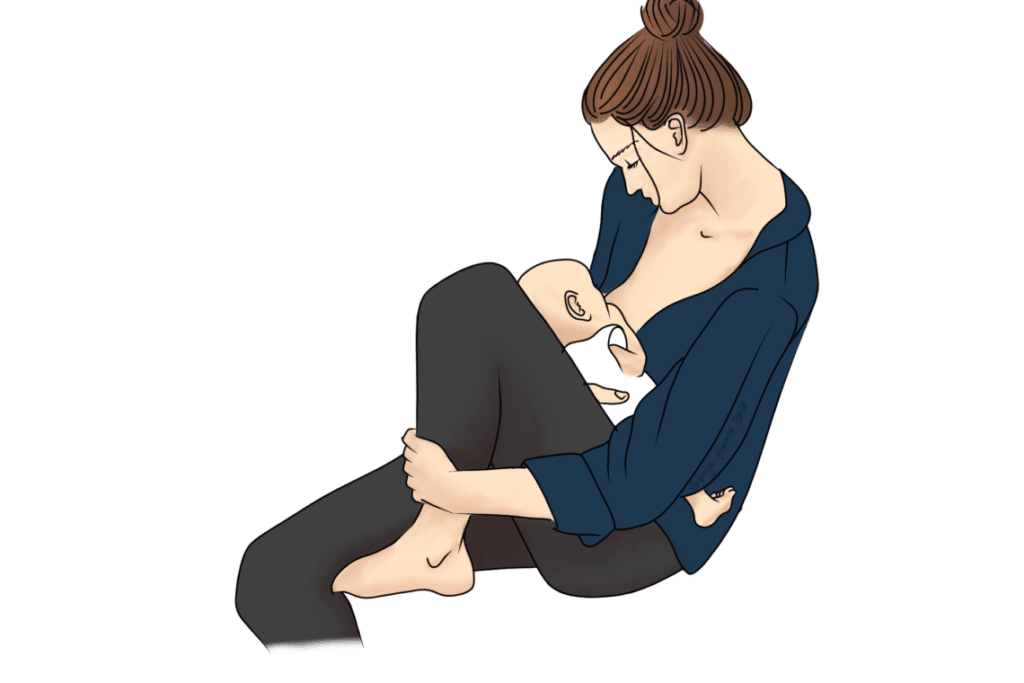

The fourth trimester is a baby’s first three months of life. During this period, both the baby and parents undergo huge changes, developmentally, emotionally, and physically. The demands are high and the learning curve is steep. We talk about sports injuries happening when you suddenly increase your exercise, or start a new one suddenly. The first few months with a newborn require just that: new activities and lots of them.
After the relatively quick changes of pregnancy come the even quicker adjustments to post-partum. In some cases, this means sudden resolution of pain. In other cases it means the opposite. Either way, the centre of gravity changes with birth, so the posture of pregnancy needs to change immediately. Aches and pains may come and go, but your osteopath can help if they don’t resolve on their own.
After a caesarean, you should be advised on management of your scar, including hygiene and mobilisation techniques. Follow the advice for the rest period and reduced lifting- this is major abdominal surgery. Research now leans away from the notion that a “weak” core leads to lower back pain, even after surgery.
Bottle and breastfeeding require awkward positions, sometimes for long periods. This can be especially true overnight, when the struggle to stay awake while feeding compounds the issue. If your body is working well, you can maintain almost any position for a short while without discomfort: movement is the key. This is easier said than done if you’ve finally got the perfect latch and don’t want to move baby (or if they’ve fallen asleep mid-feed), but there are changes you can make to your own posture without affecting theirs.
Try and set yourself up in a relatively symmetrical position before feeding. This won’t be perfect, as feeding is not a symmetrical activity. If you need one elbow bent- particularly if it is supporting baby’s weight, make sure you have something to support it. Try not to spend the whole feed looking down at baby and make sure you’re not putting too much strain through your wrists. The image below shows a position that is likely to become uncomfortable quickly, but it could be perfectly effective for a short while.

If you’re breastfeeding, you may prefer to try other positions. Side lying in bed can give your neck and arms a rest, and you might even be able to roll away if baby falls asleep mid-feed.
During the fourth trimester, babies rarely want to be away from their parents. Even putting them down for naps can be impossible, so to get anything done you might try a carrier. There are both soft and structured carriers available, and it may be a case of trying a few to determine which suits you and your baby.
Not forgetting that it’s not always the baby themselves who is the problem! Car seats can be heavy and ungainly, and manoeuvring a pushchair into a car is not always as easy as you’d expect. Safe lifting typically involves lifting “within your base”, meaning you want to keep the item you’re lifting as close to your body as possible. Leaning forwards to lift something puts more strain on the muscles than lifting something up from between your feet.
Car seats for the youngest babies are often too bulky to hold within your base while allowing your legs space to move. Baby car seats often have a little handle on the side for this reason. Loop your arm through the main handle, and hold onto the smaller one on the side. Keep your arm close to your side to distribute the weight more centrally, and to leave space for you to walk.
Make an appointment in Leicestershire for a Fourth Trimester check up.